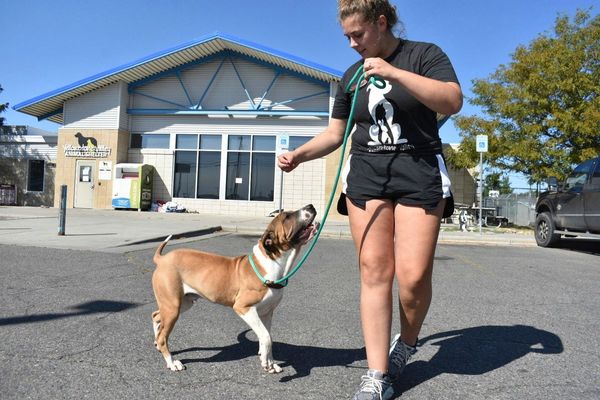
A recent analysis of state and national test scores reveals that students are still lagging behind in reading and math compared to pre-pandemic levels. The study, conducted by researchers from Harvard, Stanford, and Dartmouth, provides a comprehensive overview of student performance since the disruptions caused by COVID-19.
While some districts, like Compton in California, have shown significant gains in both reading and math, the average student remains half a grade level behind. The disparities are more pronounced in reading, with students falling even further behind compared to 2022.
















The analysis highlights the impact of the pandemic on student learning, noting that the aftershocks continue to affect schools. Factors such as a mental health crisis, high absenteeism rates, and disrupted learning have contributed to the ongoing challenges faced by students.
One of the key findings is the inequality in academic recovery, with higher-income districts making more progress than lower-income ones. The study also points out the widening achievement gaps by race and income, particularly in math scores.
Despite these challenges, interventions like tutoring and summer programs have shown promise in helping students catch up academically. Districts, such as Compton, have invested in hiring tutors and offering targeted support to students in need. These efforts have led to improvements in student performance and confidence.
As federal relief funds for schools dwindle, states and districts are urged to prioritize effective interventions that have yielded positive results. The need for continued support for pandemic recovery programs, along with increased parental engagement and community partnerships, is emphasized to address the learning setbacks caused by COVID-19.
While the road to academic recovery may be long, educators and policymakers are hopeful that sustained efforts and targeted investments will lead to improved student outcomes in the post-pandemic era.







